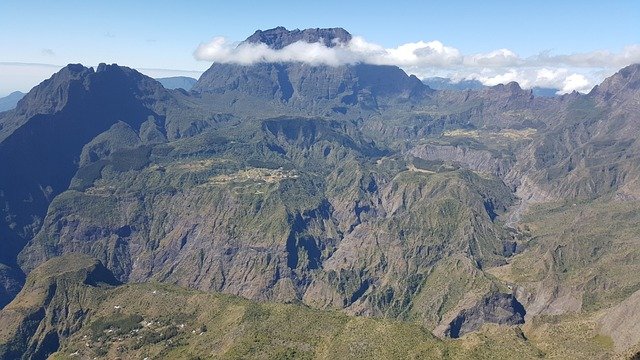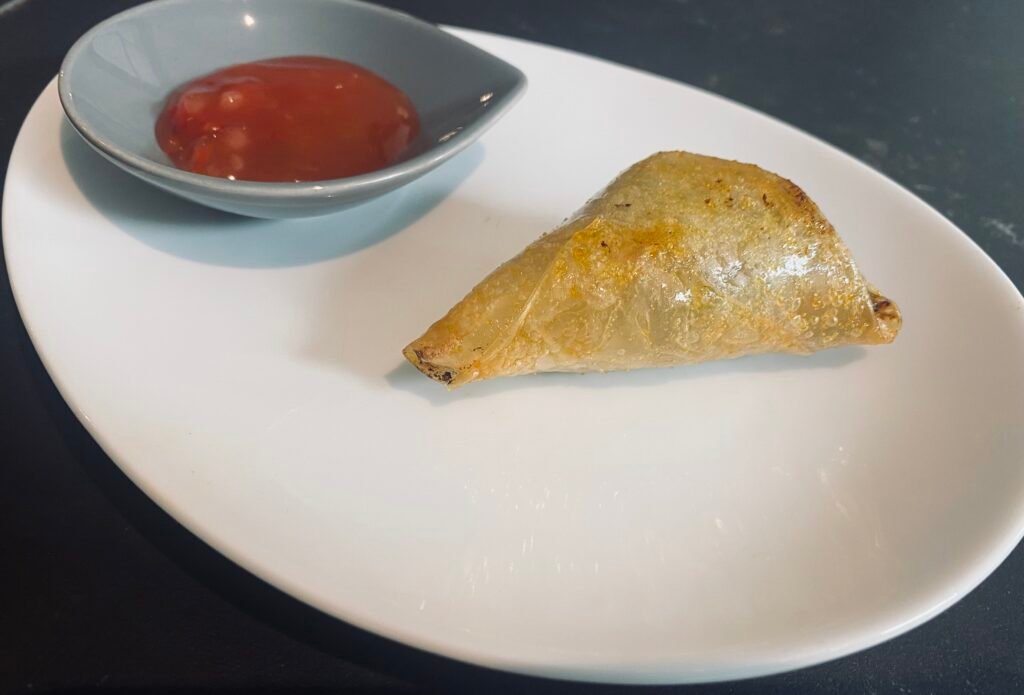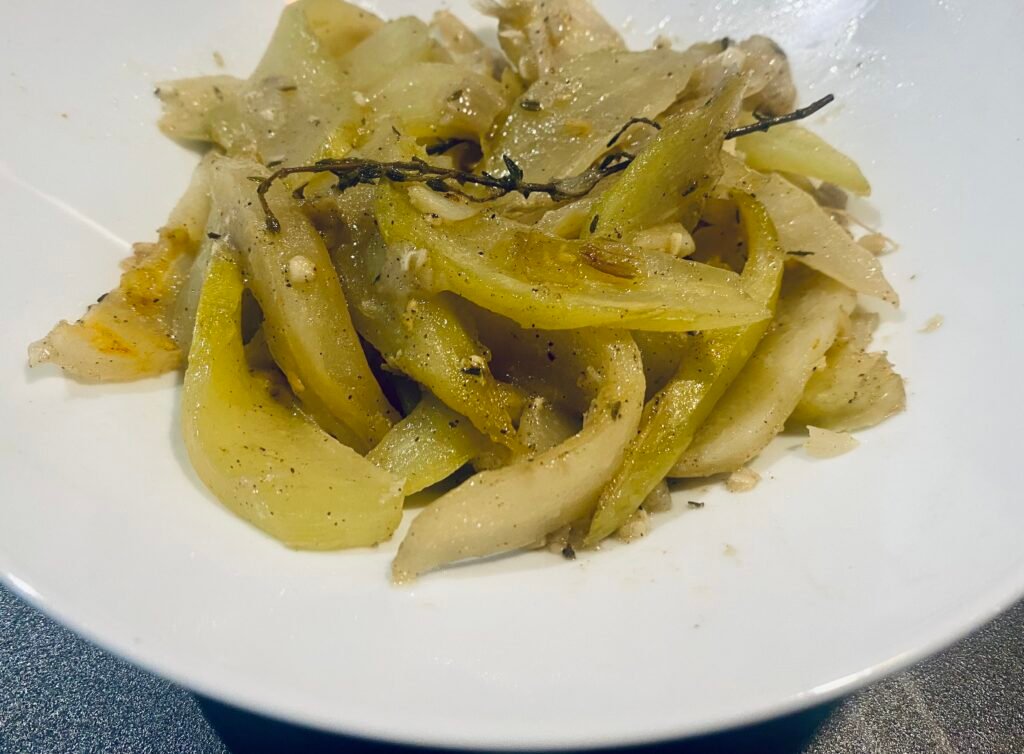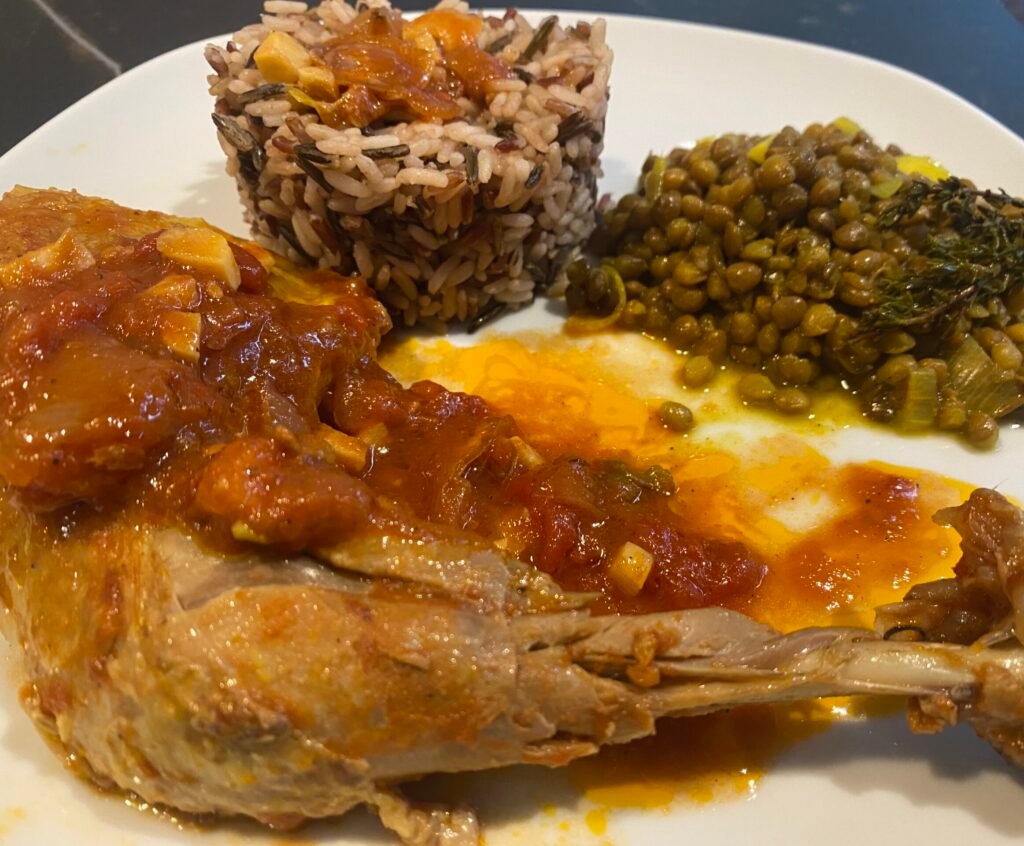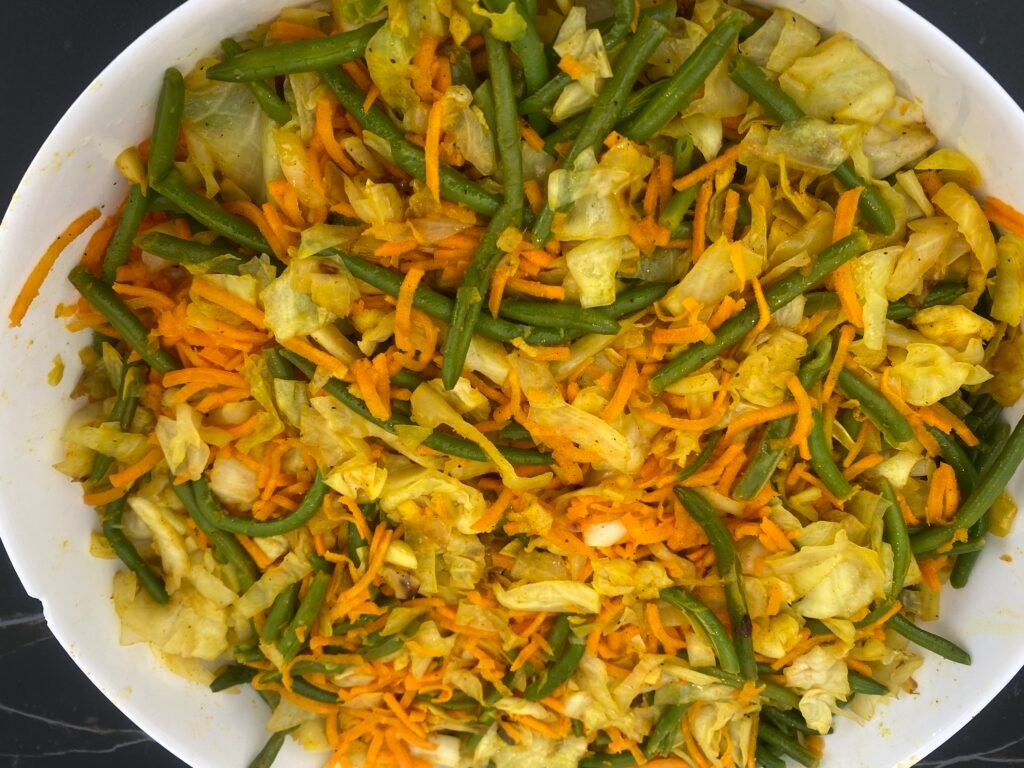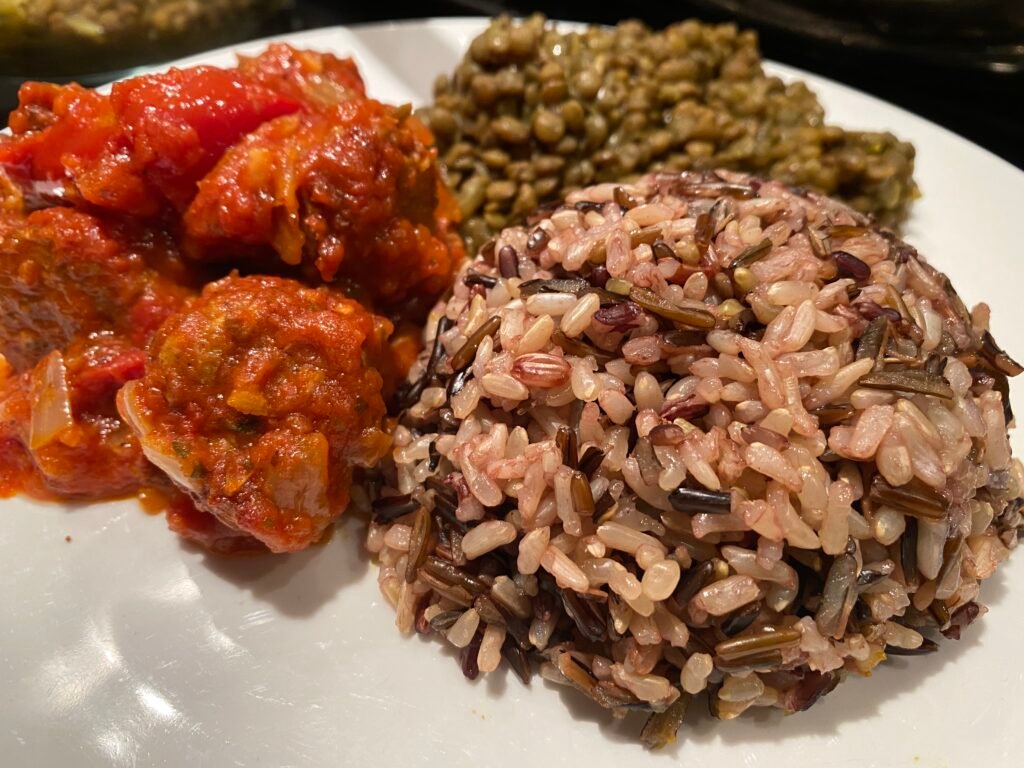Located in the Indian Ocean, Reunion Island is a French overseas department, known for its volcanic landscapes, biodiversity and rich cultural heritage. The island's history begins with the arrival of the first French settlers in the 17th century, followed by the arrival of workers from Africa, India and China, creating a unique cultural melting pot. Today, Reunion is an island where Creole traditions mingle with French heritage, with Indian and African influences omnipresent in music, dance and art. Maloya and Sega music are strong cultural symbols, and religious festivals, such as Dipavali (Hindu festival of lights) and Kabaré , are key moments in Reunionese cultural life.
The Reunionese share a deep attachment to their island, with respect for nature and traditions passed down through generations, while being open to modern influences.
Traditional Gastronomy and Gluten Free Options
Reunionese cuisine is a true reflection of the island's mixed history, with Creole, Indian, French and Chinese influences. Dishes are often spicy and accompanied by rice, lentils and local vegetables. For those following a gluten-free diet, Reunionese gastronomy offers many naturally adapted options.
Here are some gluten-free Reunion dishes:
- Chicken Curry : A spicy chicken stew, simmered with onions, tomatoes, turmeric and ginger, served with rice. This dish, emblematic of Reunion Island, is naturally gluten-free.
- Rougail sausage : Sausages cooked in a spicy tomato sauce with onions, peppers and spices. Traditionally served with rice and grains, this dish is a gluten-free option to enjoy.
- Massalé cabri : A spicy goat curry with massalé (a blend of Indian spices), a naturally gluten-free option that is often served at Reunion Island parties.
- Chouchou gratin : A gratin prepared with chouchou (chayote), a local vegetable, often cooked with spices and cheese, for a gluten-free version.
These dishes highlight the island's fresh, local ingredients, while providing naturally gluten-free options for travelers with intolerances.
The essential places to visit in Reunion
Reunion Island is famous for its diverse landscapes, from white sandy beaches to spectacular mountains and volcanoes. Here are some must-see sites to discover during your visit:
- Piton de la Fournaise : This active volcano is one of the main attractions of the island. Hikers can follow well-marked trails to view spectacular eruptions or simply admire the lunar landscapes.
- The Cirque de Mafate : Accessible only on foot or by helicopter, this mountainous cirque offers breathtaking landscapes and is a paradise for hiking enthusiasts.
- The Cirque de Cilaos : Known for its thermal springs and lush green landscapes, Cilaos is another mountainous cirque that attracts visitors with its hiking trails and charming villages.
- The Hermitage Lagoon : For those who prefer to relax, the Hermitage beaches offer crystal clear waters and a protected lagoon ideal for swimming and snorkeling.
These sites show the natural diversity of Reunion Island, where mountains and volcanoes rub shoulders with tranquil lagoons.

